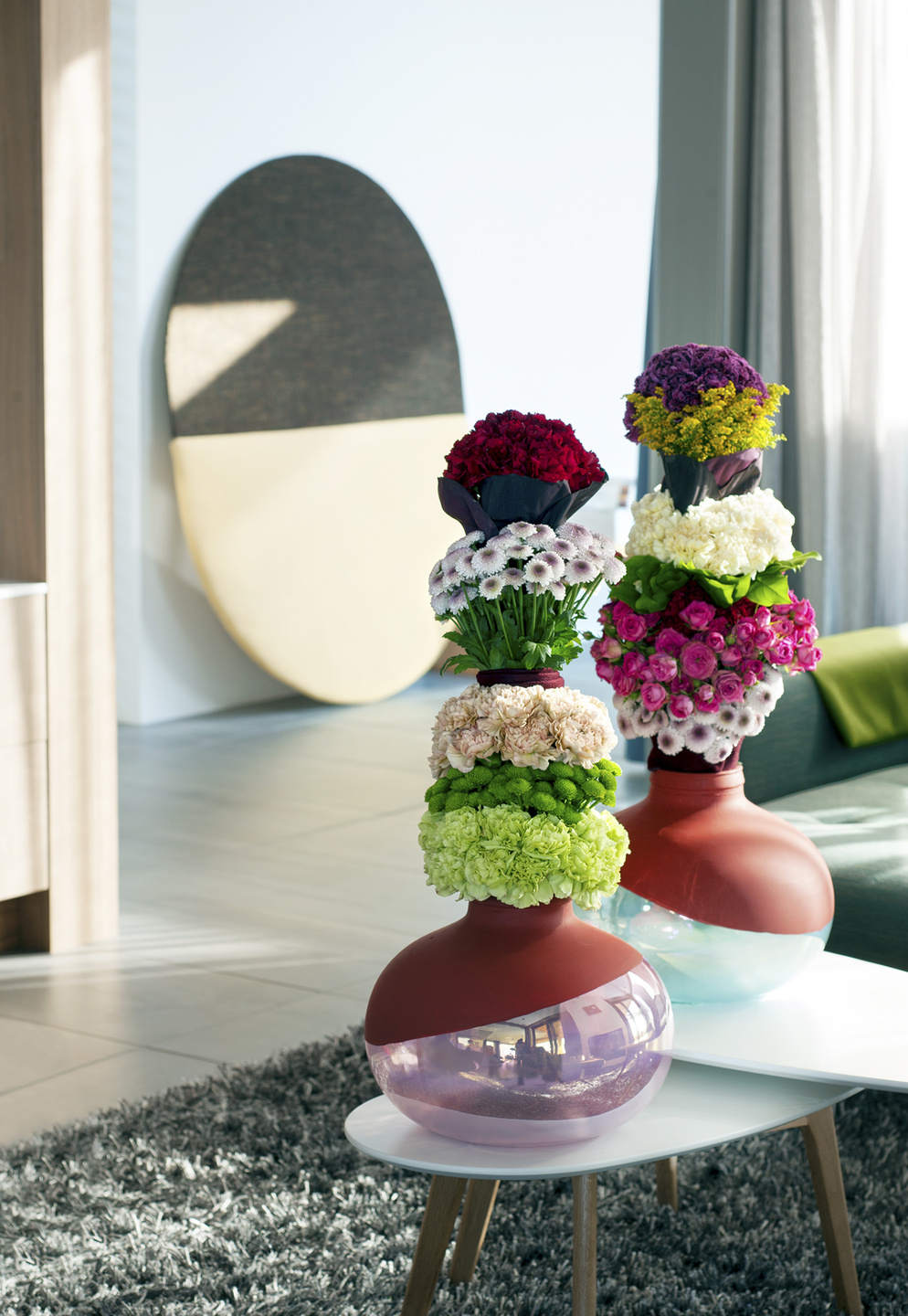The carnation:Flower of the Month - May
A new month, a new flower in the spotlight. This month the vintage carnation takes centre stage. With its many forms and high quality, it’s a flower to adore. Consumers can read all about this versatile beauty at Funnyhowflowersdothat.co.uk.
The carnation’s origin 
The original birthplace of the carnation is on the coast of the Mediterranean. The popularity of the flower goes back many centuries; for example, the Romans were already making wreathes and fresh eau de toilette out of carnations. The flower can also be regularly seen in religious paintings as a symbol of the Virgin Mary and to symbolise the suffering of Christ. The Latin name for the carnation is Dianthus, derived from Dios (God) and anthos (flower). That means that the carnation is a divine flower!

The original birthplace of the carnation is on the coast of the Mediterranean. The popularity of the flower goes back many centuries; for example, the Romans were already making wreathes and fresh eau de toilette out of carnations. The flower can also be regularly seen in religious paintings as a symbol of the Virgin Mary and to symbolise the suffering of Christ. The Latin name for the carnation is Dianthus, derived from Dios (God) and anthos (flower). That means that the carnation is a divine flower!
Colours and shapes of the carnation
Green, deep purple, dark red, fluorescent yellow, champagne, soft orange, salmon pink, white or combinations of colours: the carnation offers a magnificent array of colours. But that’s certainly not the only remarkable thing about this flower. For example, are you familiar with the various shapes? There are carnation with a single flower, and there are spray carnations. The carnation also has eye-catching petals, with rounded, serrated or fringed edges. So it's no surprise that the carnation is a fantastic lead performer or support act in any vase.
Green, deep purple, dark red, fluorescent yellow, champagne, soft orange, salmon pink, white or combinations of colours: the carnation offers a magnificent array of colours. But that’s certainly not the only remarkable thing about this flower. For example, are you familiar with the various shapes? There are carnation with a single flower, and there are spray carnations. The carnation also has eye-catching petals, with rounded, serrated or fringed edges. So it's no surprise that the carnation is a fantastic lead performer or support act in any vase.
Caring for carnations
- Make sure the vase is clean.
- Fill the vase with water and cut flower food.
- Remove the bottom leaves.
- Trim the stems.
- Keep carnations away from direct sunlight and ripening fruit.
Carnation symbolism
The carnation symbolises passion, longing and romance. That's why Renaissance painters in the 15th and 16th century chose this flower to appear in their engagement scenes. And nothing has changed in that regard: the carnation is still an appropriate gift for demonstrating passionate love. Or to revive the passion in your relationship. If that should be necessary…
The carnation symbolises passion, longing and romance. That's why Renaissance painters in the 15th and 16th century chose this flower to appear in their engagement scenes. And nothing has changed in that regard: the carnation is still an appropriate gift for demonstrating passionate love. Or to revive the passion in your relationship. If that should be necessary…
Renaissance painters in the 15th and 16th century chose the carnation with love to appear in opulent paintings. A bouquet with these romantic, colourful flowers results in a blooming still-life you just can’t keep your eyes off.
Carnations we feel have a bad reputation. They ARE budget friendly and yes some colours have been around since forever BUT the new varieties, colours and scents that are being produced really do make this a flower coming back to designs. They do make a good filler and work well with a variety of styles, and don't look out of place in bouquets if used right.
So go on, give this gorgeous flower another look, it deserves it!
With thanks too https://www.flowercouncil.co.uk for the information
Sandra X



